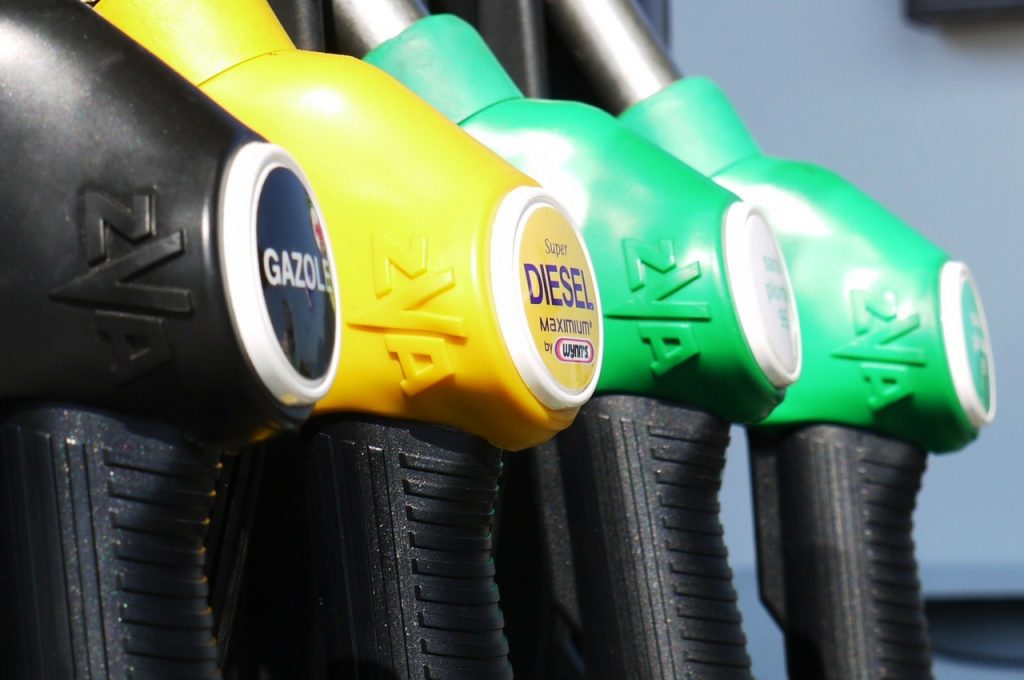Why Gas Prices Won’t Be Going Down Anytime Soon
Gas prices have surpassed record highs and it's only getting worse.
This article is more than 2 years old

It is beginning to feel like a major punch to people’s pocketbooks at fuel pumps across the United States, as the price of gas seems to be growing higher and higher with no immediate relief in sight. The national average, just a year ago, was $2.96 per gallon of regular unleaded gas. A month ago, this national average rang in at a whopping $4.12 per gallon of regular unleaded gas. And as of today, you would be lucky to find a pump with anything less than $4.40 per gallon of unleaded gas.
According to CNN Business, the cause of the dramatic increase in gas prices is due to less oil and gas from outside sources. A few of the primary but major reasons contributing to the rise in prices is a global demand for oil and fuel being higher than the rebound of production supplies from strict county-wide lockdowns from the COVID pandemic. This is also being exacerbated by the war in Ukraine. As a result, energy companies in the United States are beginning to put more oil rigs to work and are even drilling new wells. However, it’s still not yet enough.
The oilfield service company Baker Hughes provides numbers weekly on the reports of all the working oil rigs and it seems the tally is rising, slowly but surely. With a continued plan to keep restoring oil exports to an estimated 400,000 barrels of crude oil, this will start to impact the current gas prices. If the seasonal trends stay in alignment with the above figures the cost of fuel should, hopefully, decrease by the fall of this year.
Meanwhile, alongside rising gas prices, the U.S. economy had a record year of job growth in the year 2021 and while some of those gains have slowed, they are staying fairly strong. With COVID restrictions easing and people now returning to the office after a few years of working from home, the demands for fuel are only jumping up. More people are also getting out of the house for entertainment and shopping purposes. As we approach the start of summer travel with the kick-off of Memorial Day weekend, people driving in passenger vehicles have already increased by 10% since the first of this year. This means the typical demands for gas and jet fuel are also bound to spike. Most U.S. Airlines are reporting full bookings for summer flights even with the airfares also climbing from what they were listed at prior to the COVID pandemic. All of this services the fact that gas prices will remain high for the time being.
Moreover, the Russian war has driven some of the supply issues but not as much as you would think. In December of last year, they sent nearly 8 million barrels of oil and other petroleum products to global markets. However, of the 5 million in crude oil barrels being exported very little was received by the U.S., based on figures from 2021. That same year, Europe received 60% of the oil products and China received 20%. The issue truly comes with crude oil being priced based on global commodity markets, so the loss of Russian exports affects prices all over the world, despite where the exports are received and used. In March, the U.S announced a formal ban on all Russian energy imports and is going back to the drawing boards to phase out all Russian oil imports by the end of 2022. This will allow for more available options for sustainable energy sources on home ground.










